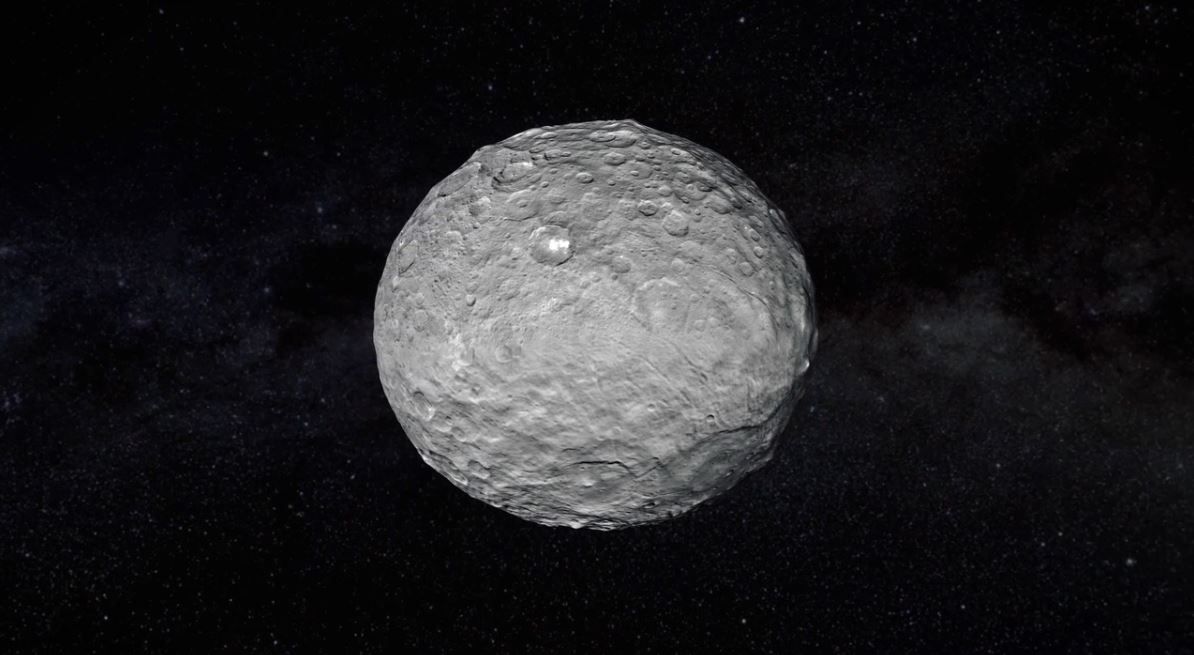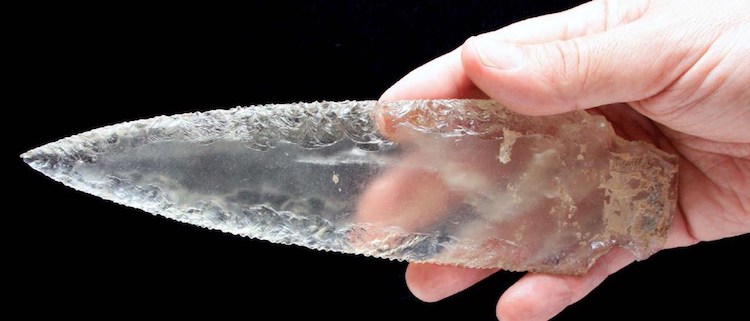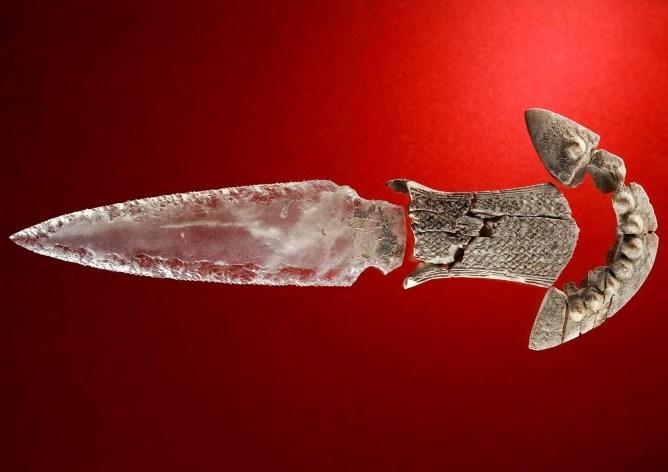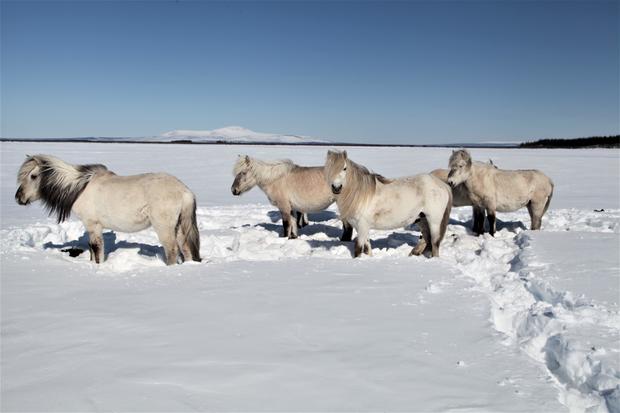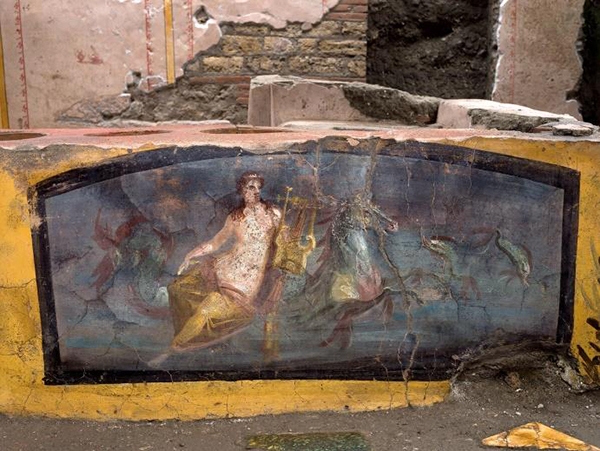NASA’s Perseverance rover is set to land in the Jezero Crater on the surface of Mars on February 18, 2021.
When Perseverance gets the signal, it will jettison its spacecraft and plunge into the Martian atmosphere at twelve to thirteen thousand miles per hour. When the drag slows the rover enough it will cast off its heat shield and deploy the biggest supersonic parachute ever sent to another planet.
While this is similar to the landing approach of the Curiosity rover, Perseverance will use brand new technology–Terrain Relative Navigation–to land. While the rover is descending on the parachute, it will be taking images of the surface of Mars and determining for itself where to land, based on what it sees.
Once Perseverance has figured out where to land, it will jettison its backshell and parachute, and fire the rockets of its descent stage. This rocket backpack will lower the rover to twenty meters off the ground and deploy the skycrane cables to lower the rover gently to the surface. Once Perseverance touches down, the descent stage will cut loose from the rover and fly away to crash at a safe distance from the rover.
All this takes place during what NASA calls the “seven minutes of terror,” which is how long it takes to get from the top of the atmosphere of Mars to the ground safely. Because of the time delay in getting signals from Mars (it is a loooong way away), we won’t know whether all this has gone off without a hitch until after it has all taken place.
Finger’s crossed.
You can watch live starting at 2:15pm Eastern on NASA’s Jet Propulsion Laboratory’s YouTube channel. Touchdown of Perseverance is expected around 3:55pm Eastern.
This kind of stuff is my Super Bowl.

